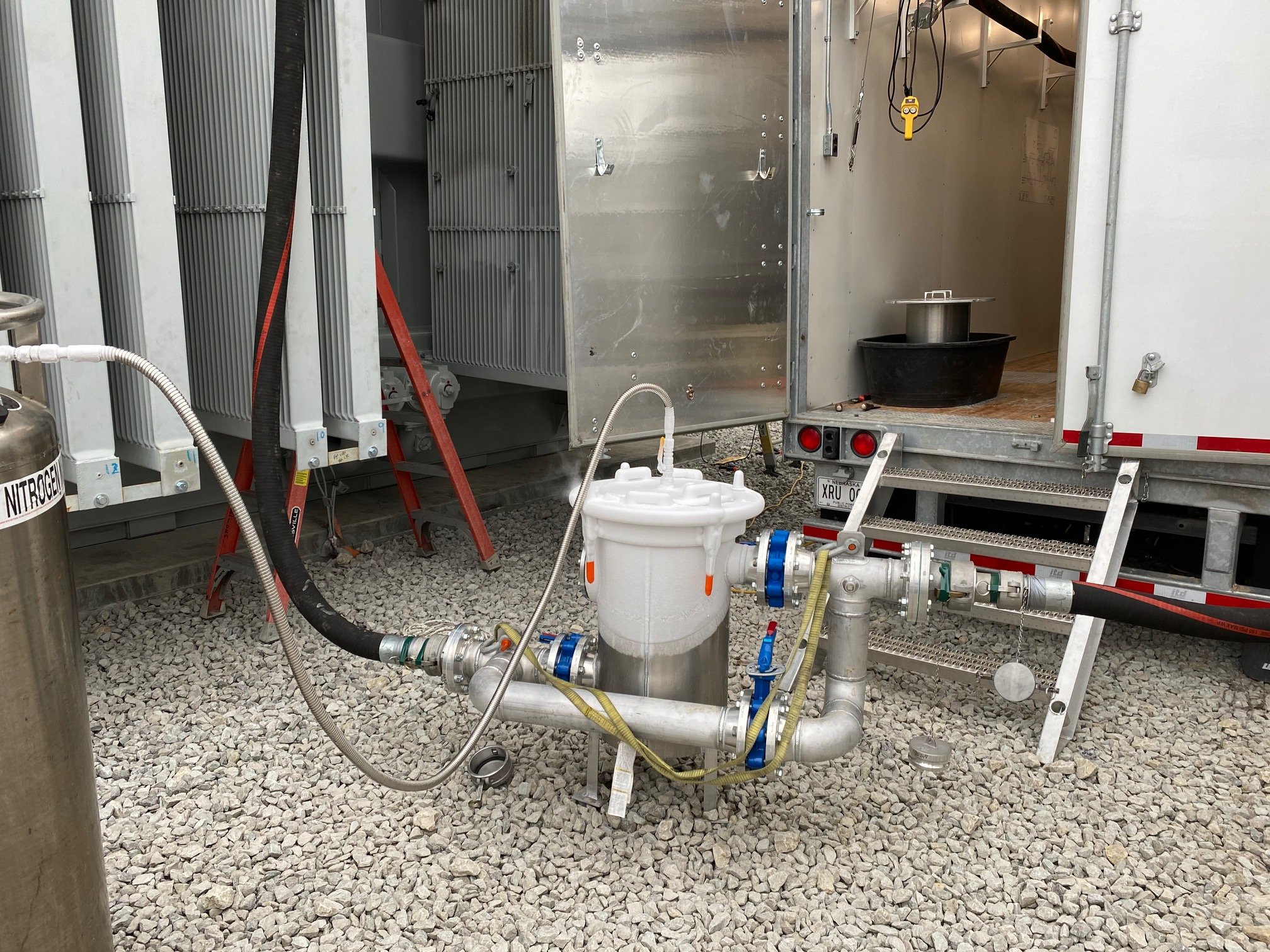Cold traps are essential components in vacuum systems, significantly enhancing performance in both industrial and scientific applications. These devices are designed to capture and condense volatile substances from the vacuum environment, which is critical for maintaining the integrity and efficiency of the system. By lowering the temperature of the system’s surfaces, cold traps effectively reduce the vapor pressure of contaminants, ensuring that they condense and can be removed before they reach sensitive components like pumps or gauges. In industrial settings, cold traps play a crucial role in processes such as chemical manufacturing, semiconductor fabrication, and vacuum distillation. During these processes, the production of vapors and gases is inevitable. If not managed properly, these vapors can cause contamination, reduce system performance, or even damage equipment. Cold traps mitigate these risks by cooling the gases to a point where they condense into a solid or liquid phase, which is then collected in the trap. This prevents the contaminants from entering the main vacuum pump and causing potential operational issues.

For instance, in the semiconductor industry, where maintaining an ultra-clean environment is essential, cold traps help ensure that the vacuum system remains free from impurities that could compromise the quality of the silicon wafers being processed. In scientific applications, particularly in research laboratories, cold traps are indispensable for experiments that involve high-vacuum systems. Researchers often work with materials that have low vapor pressures, and any contamination or outgassing could skew results or damage expensive equipment. GWSI Cold traps have safeguard vacuum system by capturing these unwanted substances before they can affect the experimental setup. For example, in mass spectrometry, cold traps can be used to prevent the accumulation of contaminant gases that could interfere with accurate mass measurements. Additionally, in the field of surface science, where precise control over vacuum conditions is necessary, cold traps ensure that the system remains clean and stable, thereby facilitating reliable and reproducible results.
The effectiveness of a cold trap is largely dependent on its ability to achieve and maintain extremely low temperatures. This is typically achieved through the use of cryogenic techniques, where temperatures are lowered using refrigerants such as liquid nitrogen or helium. These low temperatures not only facilitate the condensation of various gases but also help in maintaining a consistent vacuum environment. By reducing the thermal load on the vacuum pump and minimizing the amount of gas that needs to be pumped out, cold traps contribute to a more stable and efficient vacuum system. Overall, cold traps are a critical component in optimizing vacuum system performance across various sectors. Their ability to capture and condense contaminants before they reach sensitive equipment or interfere with experimental results makes them indispensable for both industrial processes and scientific research. By ensuring a cleaner vacuum environment, cold traps help to enhance the reliability, efficiency, and accuracy of vacuum systems, ultimately leading to better outcomes in both industrial production and scientific discovery.
